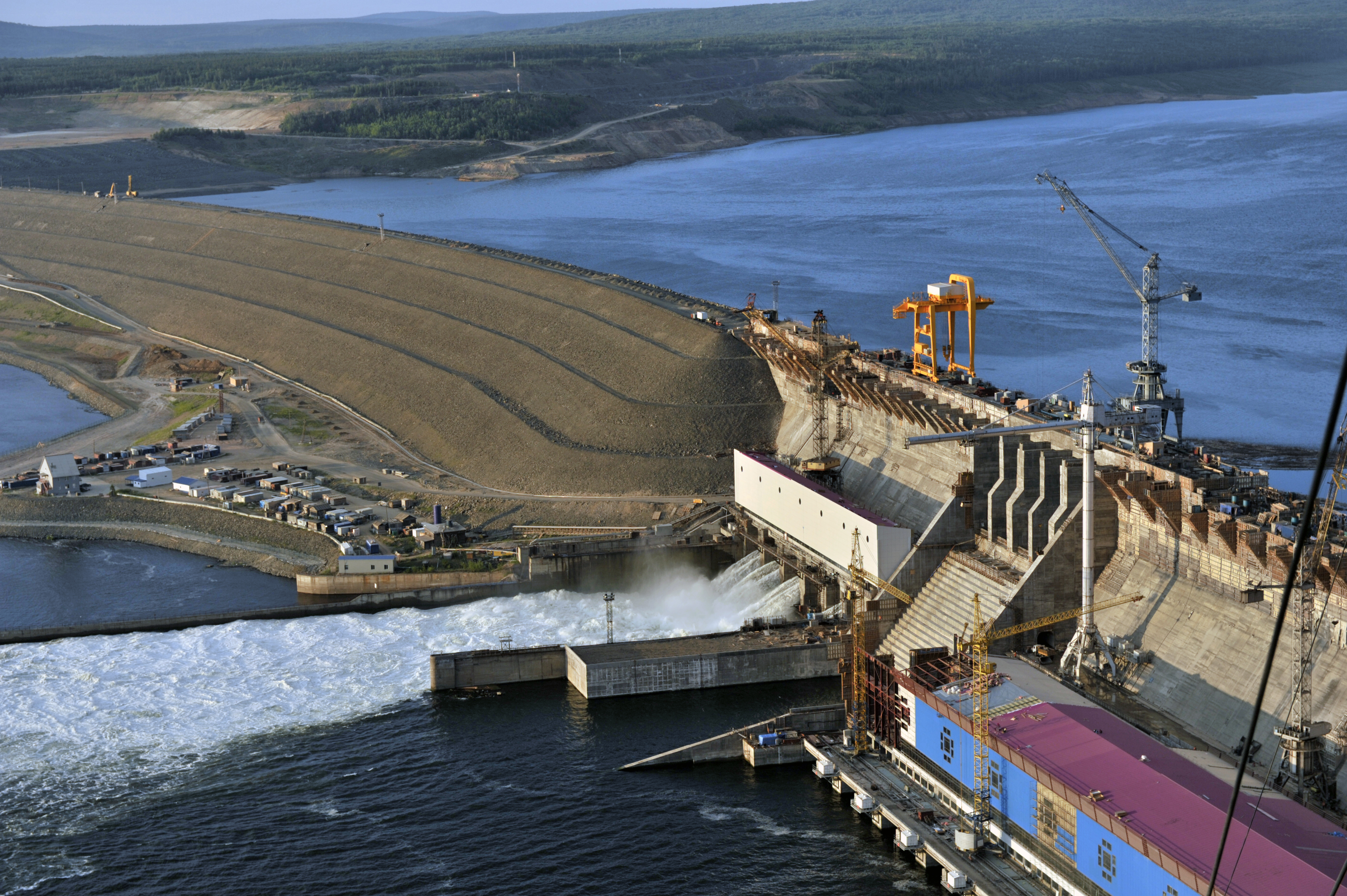
Our investment priorities include support to environmental stewardship and energy efficiency projects. In this area, we place a particular emphasis on renewable energy development. In 2014, Vnesheconombank’s project for the renovation and construction of small-scale hydro power plants in the Republic of Karelia won an international award of the Association of Development Financing Institutions in Asia and the Pacific (ADFIAP), the European Organisation for Sustainable Development (EOSD) and the World Federation of Development Financing Institutions (WFDFI).
Our investment efforts aimed at supporting environmentally sustainable projects, including energy efficiency projects, work towards the goals of the national environmental development policy, including the Energy Efficiency and Electric Utility Development national programme (its plan was approved in 2014). With energy resource costs rising and environmental issues aggravating, the programme becomes particularly relevant and will enhance the availability of energy resources in the Russian economy while making their use more efficient. It will also reduce the environmental footprint of the energy sector.
Under Vnesheconombank’s Development Strategy for
Vnesheconombank runs its energy efficiency projects in close contact with international development institutions, including as part of a programme for target financing of energy efficiency projects in Russia. In 2014, Vnesheconombank prepared a concept for raising a loan from the IBRD and had it approved by the Russian Ministries of Finance and Economic Development. The concept provided that the loan amount was to be increased from USD 300 mn to USD 500 mn.
At the same time, Vnesheconombank, with the support of IFC, continued working on building a mechanism for evaluation of energy efficiency projects for the portfolio of projects that can be financed under the programme.
Currently, Vnesheconombank, with the support of IFC, is actively working on building a mechanism for evaluation of energy efficiency projects. In 2014, we, jointly with IFC, organised a number of training courses for employees of Vnesheconombank on energy efficiency in investment projects, including internships in major banks and development institutions in China. This experience was used by the Bank to prepare draft guidelines on assessing energy efficiency indicators that are planned to be integrated into the existing regulations on expert evaluation of the Bank’s investment projects. This work should produce an energy efficiency portfolio of development bank projects, including those to be potentially financed by international investors.

Project: Construction of Boguchany HPP
Project initiators: RusHydro, RUSAL
Borrower: Boguchany HPP
Total project value: RUB 72.5 bn
Vnesheconombank’s commitment: RUB 28.1 bn
Actual budgetary effect since initial financing: RUB 2.8 bn
Number of new jobs: 118
Project goal: complete the construction of Boguchany Hydro Power Plant on the Angara River with an installed capacity of 2,997 MW.
Boguchany HPP is one of the largest construction projects in Russia that has been financed by Vnesheconombank since 2010. The plant’s launch contributed to the setup of a new regional industrial complex in the Lower Angara basin by solving the issue of electricity supply to a number of large industrial facilities of the region and by prompting the development of related economic sectors. At the same time, Boguchany HPP has increased the share of renewable energy generated in Russia.
The plant is being constructed as part of the General Layout of Electricity Facilities until 2020 approved by the Resolution of the Russian Government dated 22 February 2008 and the Integrated Development of Lower Angara Basin investment project approved by the Resolution of the Russian Government dated 30 November 2006 and implemented with government support using funds of the Investment Fund of the Russian Federation.
The project involves cutting-edge technologies that minimise its environmental footprint, including from a more than 350 km long water reservoir built in the valley of the Angara River. The project initiators ran its social and environmental evaluation in line with the requirements of Russian laws, and international standards, including the Equator Principles and guidelines of IFC and the World Bank Group. All 9 hydro units of the Hydro Power Plant have already been commissioned, with the reservoir bed currently being filled to the designed level.